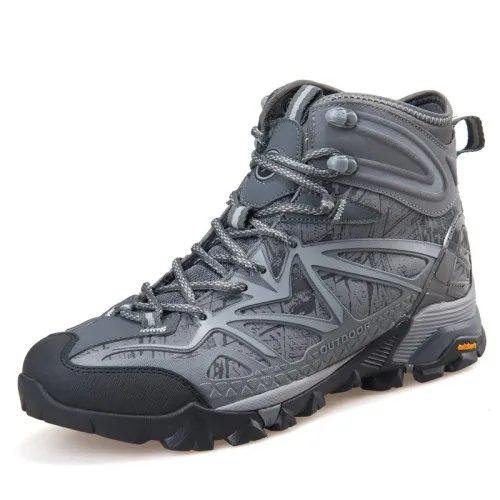Step Up Your Hiking Game: The Ultimate Guide to Choosing the Perfect Trail Shoes
In the world of hiking, the right pair of trail shoes can make all the difference between a leisurely stroll and an epic adventure. Whether you're a seasoned hiker or just starting out on your outdoor explorations, selecting the perfect footwear is essential for enjoying the trails to the fullest. From navigating rugged terrains to embracing nature's beauty, the right hiking shoes not only provide comfort and support but also enhance your overall experience in the great outdoors. Let's delve into the art of choosing the ideal trail shoes so you can step confidently into your next hiking escapade.
Choosing the Right Hiking Shoe
First, consider the terrain you will be hiking on. If you'll mostly be on rocky trails, opt for hiking shoes with durable outsoles for better traction. For muddy or wet conditions, look for waterproof shoes to keep your feet dry and comfortable throughout the hike.
Next, think about the level of ankle support you need. tramping boots -cut hiking shoes are lightweight and flexible, ideal for easy trails or day hikes. For more challenging terrain or backpacking trips, consider mid-cut or high-cut hiking shoes for increased ankle stability and protection.
Lastly, pay attention to the fit of the hiking shoes. Make sure there is enough room in the toe box for your toes to wiggle comfortably, and that the heel is secure to prevent blisters. Remember to try on the shoes with the socks you'll be wearing during your hikes to ensure the perfect fit.
Key Features to Consider
When choosing the perfect hiking shoes, it's crucial to consider the level of support they provide. Look for shoes with excellent ankle support to prevent injuries on uneven terrain. Additionally, a sturdy sole with good traction is essential for stability and grip on various surfaces.

Durability is another key feature to take into account when selecting hiking shoes. Opt for shoes made from high-quality materials that can withstand the rigors of the trail. Reinforced toe caps and waterproofing can help protect your feet and ensure your shoes last through many adventures.
Lastly, consider the overall comfort of the hiking shoes. A proper fit is essential to prevent blisters and discomfort during long walks. Features like cushioning, breathability, and adjustability can enhance the comfort level of the shoes, allowing you to fully enjoy your time on the trail.
Tips for Proper Fit
Consider trying on hiking shoes later in the day when your feet are slightly more swollen, as this can mimic the size they would be when you're out on the trail. Remember to wear the same type of socks that you would typically wear while hiking to ensure the most accurate fit.
Take the time to walk around the store in the shoes to assess how they feel. Make sure there is enough room for your toes to wiggle without being too loose in the heel. Your heel should stay firmly in place without slipping as you walk.
Don't rush the fitting process. Walk on different surfaces if possible and test the shoes' stability, cushioning, and support. It's essential that your hiking shoes provide the comfort and protection you need for those long days on the trail.